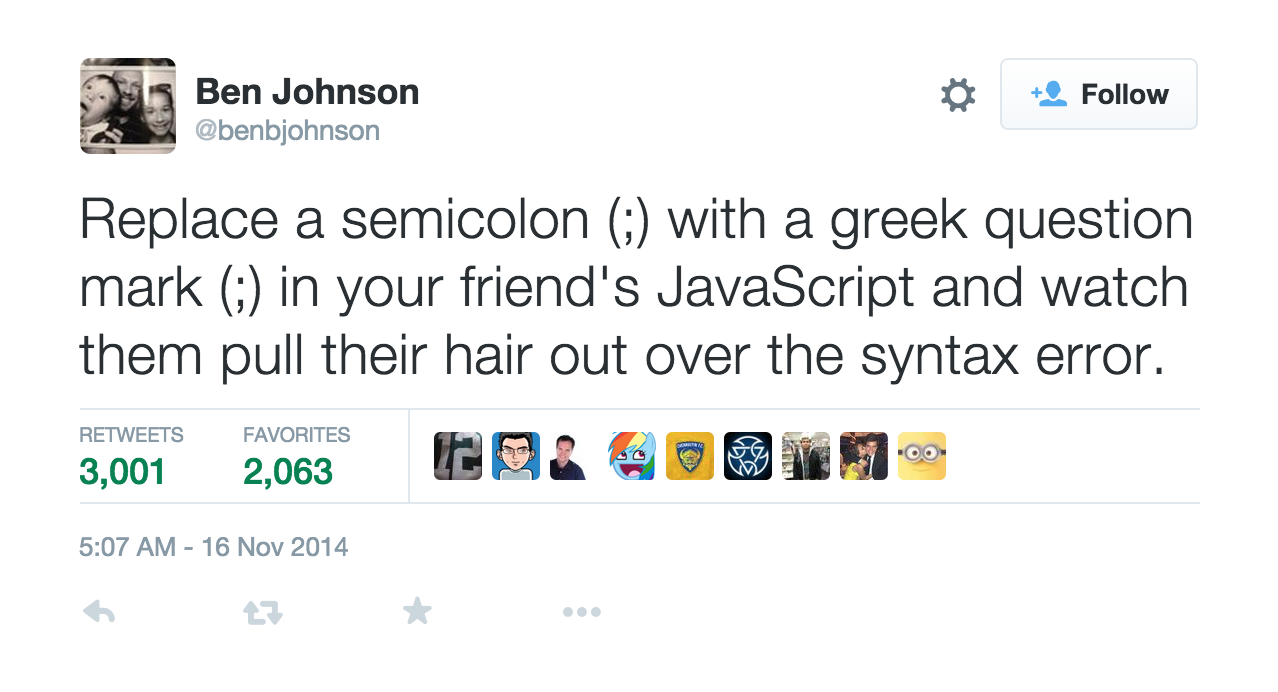

Later Greek manuscripts began to add breaks for sections used in liturgical readings as well as accent marks and punctuations. With limited supplies of paper (or papyrus), continuous writing allowed for the most text per scroll or page. Writing in this format, called continuous writing, is generally explained by the lack of paper in ancient times. INHIMWEHAVEREDEMPTIONTHROUGHHISBLOODTHEFORGIVENESSOFSINSINACCORDANCEWITHTHERICHESOFGODSGRACE Formatted in a similar way, the English translation of Ephesians 1:7 looks like this: For a native reader of those ancient languages, the breaks between words and sentences could be easily determined. In ancient Hebrew and Koine Greek, the early manuscripts not only lacked punctuation marks but also spaces between words. Many of these punctuation marks were later used to help create similar clarifications in English versions and other translations. Punctuation marks were also added, eventually, to aid the reader and help provide clarity. Later copies of the Old Testament Scriptures included vowel points-marks above, inside, or below the consonants-for easier reading. Ancient Hebrew even lacked written vowels. Many ancient languages were written without punctuation marks, including Hebrew and Greek, the original languages used to compose the Bible. An example is the statement “My favorite things are cooking my friends and family” rather than “My favorite things are cooking, my friends, and family.” The addition of commas makes a great difference in how we perceive you and your favorite things. Punctuation can have a significant impact on the meaning of a sentence. However, the symbols do affect where the person pauses and what vocal inflections he uses. A person reading a sentence aloud does not make any noticeable sounds corresponding to those particular symbols. For the most part, punctuation marks are not pronounced. These typographical symbols are used to clarify the meaning of written information. This is the case for both Mac and PC users.Modern languages generally use punctuation marks.

In Unicode, the Greek question mark is separately encoded as U+037E but as it is basically a semi-colon, you can just use the semi-colon key on your keyboard.

In Greek, the symbol at the end of the sentence shows that a question is being asked. To us, a semi-colon is always followed by more text. To the English-reader’s eye, the semi colon looks strange hanging at the end of the sentence. The third line is the English translation. The top line of each question – in bold – is written in the Greek script. The second line – in italics – is the phonetic pronunciation. The Greek question mark looks just like a semi-colon and is placed at the end of a sentence – in the same manner as the English question mark – to show that a question is being asked.īelow are some examples.


 0 kommentar(er)
0 kommentar(er)
